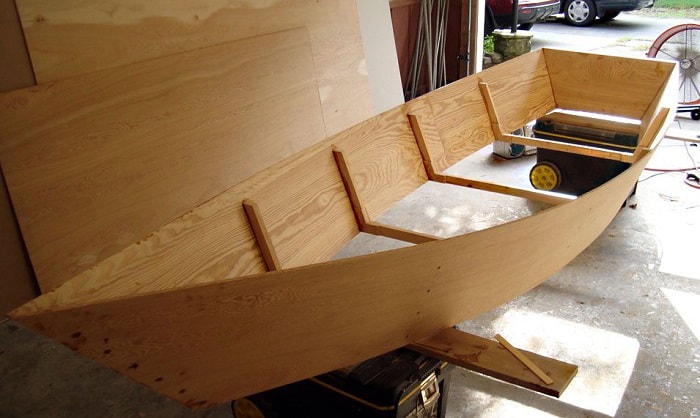
Beyond the Gloss: Unveiling Unexpected Secrets to a Perfect Plywood Boat Finish
Building a plywood boat is a labor of love, a testament to skill and patience. While countless guides detail the construction process, achieving that truly show-stopping, mirror-like finish often feels shrouded in mystery. This article delves beyond the standard advice, exploring less-discussed techniques and innovative approaches to elevate your plywood boat’s aesthetic to a level rarely seen.
The Unsung Heroes of Plywood Finishing: Beyond Epoxy and Varnish
Let's face it: epoxy and varnish are the workhorses of plywood boat finishing. But are they the *only* options for achieving a flawless surface? The answer, surprisingly, is no. This section explores alternatives and enhancements to the traditional approach.
Q: Can I use automotive paint on my plywood boat?
A: Absolutely! Automotive paints, particularly urethane-based options, offer exceptional durability and a wide array of colors. The key is proper surface preparation. Multiple thin coats of high-quality automotive primer are crucial to ensure a smooth, even base for the color coat. This approach provides a finish that can withstand harsh marine environments, offering a more robust alternative to traditional marine varnishes.
Q: How can I minimize sanding?
A: Sanding is tedious, time-consuming, and can easily lead to uneven surfaces. Consider using a high-build primer specifically designed for filling minor imperfections. A few coats of this can significantly reduce the amount of sanding required, saving you valuable time and effort. Think of it as a "smart" filler that reduces the need for arduous hand-sanding.
Mastering the Art of the Invisible Seam: Beyond Fairing Techniques
Seams are inevitable in plywood construction. However, the goal isn't just to make them invisible â€" it's to make them disappear entirely. Let's explore techniques that go beyond traditional fairing.
The "Lost Art" of Wood Dust Filler:
Many overlook the power of a carefully crafted wood dust filler. Mixing fine sawdust from your plywood with epoxy resin creates a putty that perfectly matches the wood's color and texture. This allows for incredibly subtle seam filling, nearly eliminating the need for extensive sanding. It's a technique refined by generations of master boatbuilders but often lost in the rush for quick solutions.
Beyond the Brush: Innovative Application Techniques
While brushes are reliable, they can leave brush strokes visible. Let's consider less conventional yet remarkably effective application methods.
Airless Spraying for a Factory-Like Finish:
Airless sprayers offer unparalleled smoothness and consistency, especially with high-build primers and automotive paints. The even coating minimizes imperfections and reduces sanding time significantly. The investment in a good quality airless sprayer may seem significant upfront, but the time saved and improved finish quality make it a worthwhile investment for serious boat builders.
Roller Application with a Twist:
While rollers can leave a textured finish, using a high-quality, short-nap foam roller with thinned-out coatings can surprisingly yield a smooth, professional look, especially when multiple thin coats are applied. This technique works particularly well with epoxy and certain types of varnish.
Real-World Success Story: The "Mirror Sheen" Challenge
A seasoned boatbuilder, John, tackled a demanding project: achieving a mirror-like finish on a classic dory. He combined automotive paint with meticulous surface preparation and an airless sprayer. The result? A boat that looked factory-made, showcasing the potential of unconventional approaches. His experience highlights the power of thinking outside the box when striving for excellence.
Ultimately, achieving a truly exceptional finish on a plywood boat isn't about simply following instructions; it's about mastering the nuances, experimenting with techniques, and understanding the materials. By incorporating these less-discussed techniques and pushing beyond the conventional, you can transform your plywood boat from a functional vessel into a masterpiece that showcases both your craftsmanship and dedication.

0 comments:
Post a Comment
Note: Only a member of this blog may post a comment.